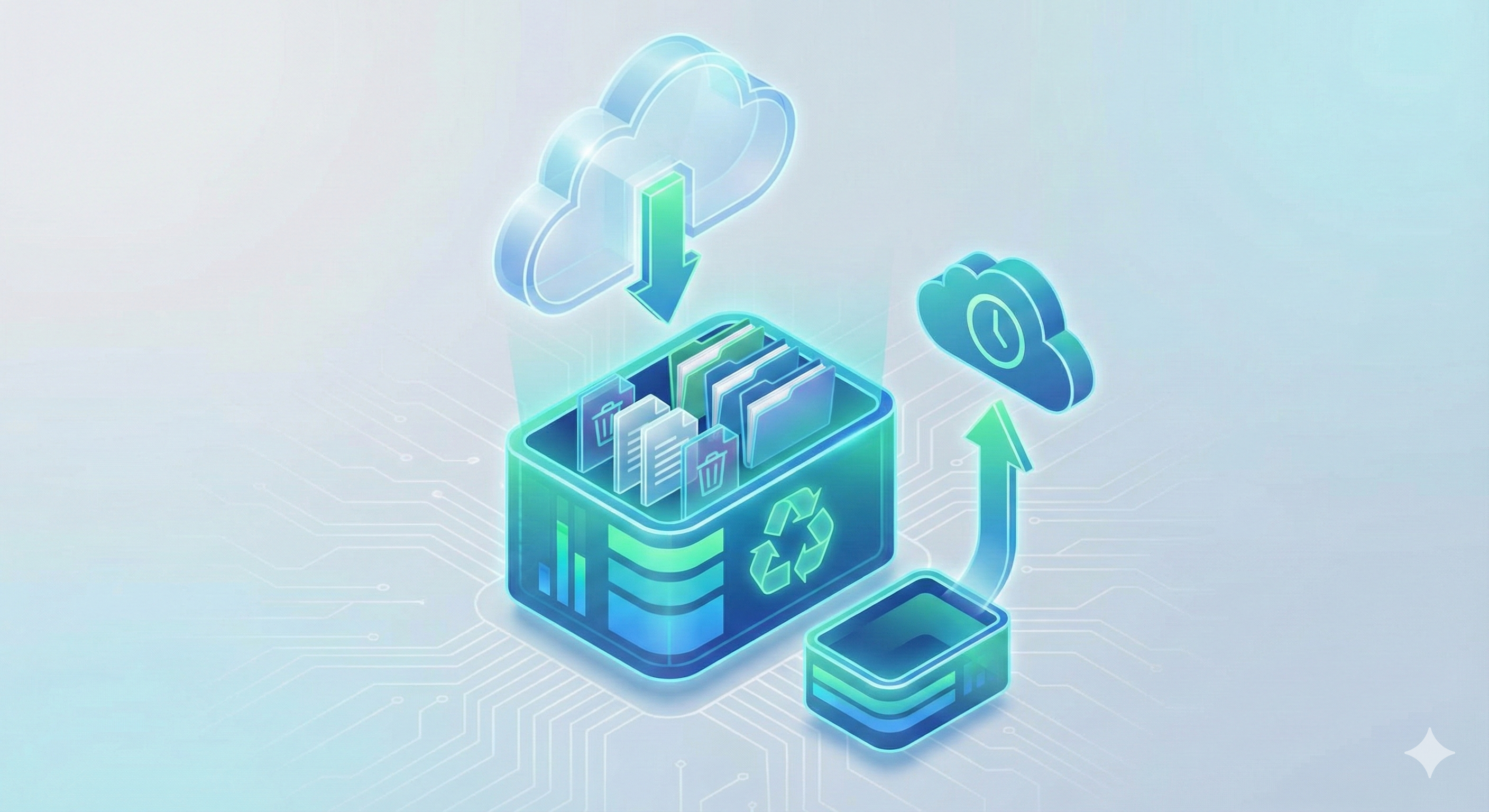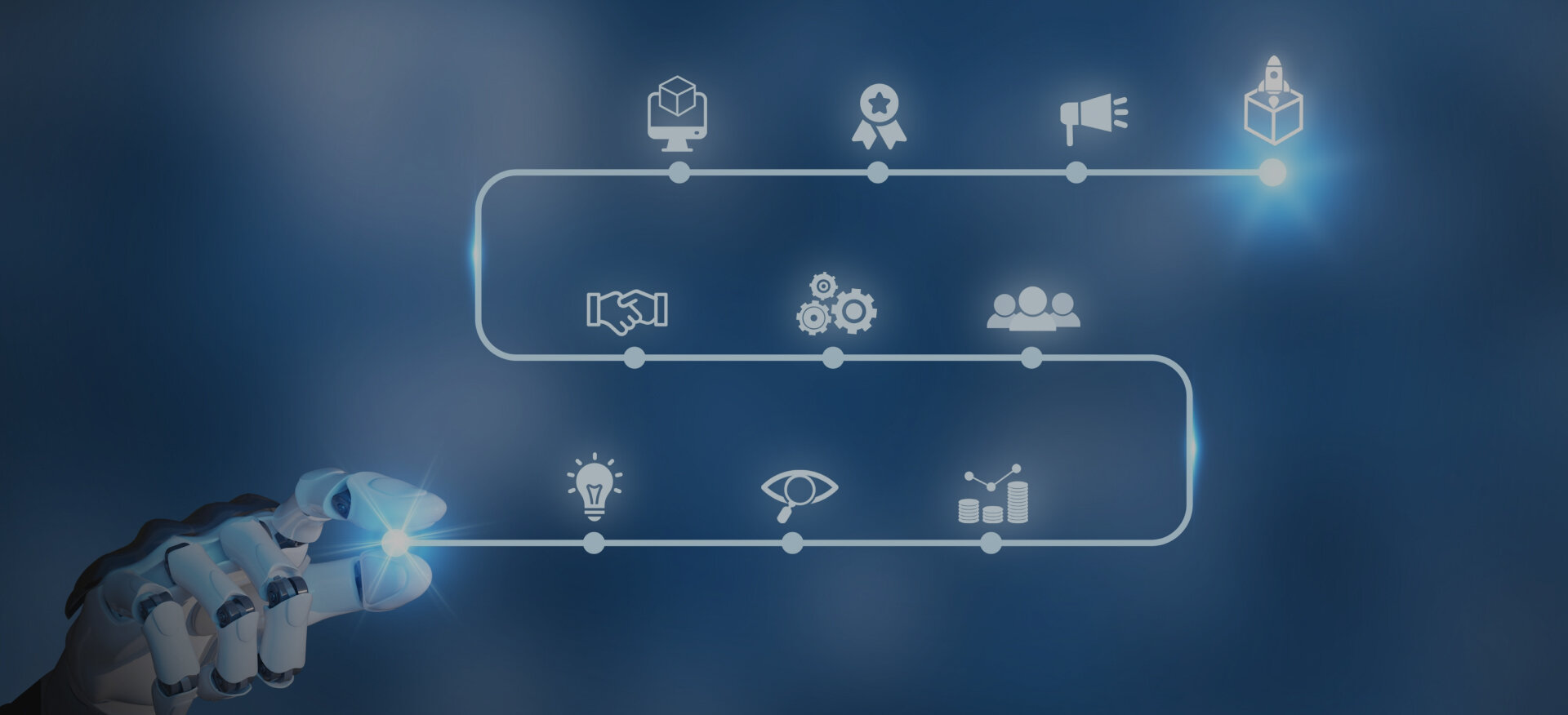In the ever-evolving landscape of search engine optimization (SEO), few updates have had as profound an impact as the Google Panda Update. Introduced in 2011, the Panda Update revolutionized how Google ranks websites, prioritizing high-quality content and user experience over manipulative tactics. For students, businessmen, and marketers alike, understanding the intricacies of the Panda Update is essential for navigating the digital terrain and staying ahead of the competition. In this comprehensive guide, we delve into the depths of the Google Panda Update, unraveling its significance, impact, and implications for digital practitioners.
What is the Google Panda Update?
The Google Panda Update, launched in February 2011, was aimed at improving the quality of search results by penalizing websites with low-quality or thin content. Named after Navneet Panda, the Google engineer who developed the algorithm, Panda targeted sites engaged in keyword stuffing, content scraping, and other spammy tactics, rewarding those with original, valuable content. It placed greater emphasis on ecommerce seo firm as well, ensuring that websites offering high-quality products and information were ranked higher. However, it is important to note that the Google Penguin Update, which was introduced later, also focused on penalizing sites using manipulative link-building tactics. Together, these updates marked a significant shift in how search engines evaluate website quality.
How Does the Google Panda Update Work?
The Panda Update works by evaluating the quality and relevance of content on web pages. It assesses factors such as content depth, uniqueness, authority, and user engagement metrics to determine a website's overall quality. Websites deemed to have low-quality or thin content may be penalized in search rankings, leading to a decrease in visibility and traffic.
What Did Google Disclose About the Panda Update?
Google has been relatively transparent about the goals and objectives of the Panda Update. The company emphasized the importance of providing users with high-quality, relevant content and cautioned against tactics aimed at manipulating search rankings. Google also provided guidelines and best practices for creating content that aligns with the Panda algorithm's criteria, making it clear that enterprise SEO solutions should focus on optimizing content quality while following ethical practices to enhance search rankings.
Why Did Google Deploy the Panda Update?
Google deployed the Panda Update in response to widespread concerns about the proliferation of low-quality content in search results. The proliferation of content farms, article spinning, and other spammy practices had eroded the quality of search results, undermining Google's mission to deliver the most relevant and useful information to users. The Panda Update was intended to address these issues and restore trust in Google's search engine.
When Did Google Launch the Panda Update?
Google launched the Panda Update in February 2011, initiating a seismic shif. Subsequent iterations and refinements of the algorithm have occurred over the years, with Google continuously tweaking the Panda algorithm to improve its effectiveness and accuracy. For websites looking to align with these updates and ensure their content meets high-quality standards, investing in search engine marketing agencies for local seo solutions can help address underlying site issues that may impact performance.
What Must We Know About the Google Panda Update?
Several key points are essential to understand about the Google Panda Update:
- Content Quality Matters: The Panda Update prioritizes high-quality, original content that provides value to users.
- User Experience is Paramount: Websites with poor user experience, such as slow loading times or intrusive ads, may be penalized by the Panda algorithm. This also links to programmatic SEO, where automated processes must ensure smooth site operation.
- Avoid Duplicate Content: Duplicate or low-value content can trigger Panda penalties, so it's crucial to focus on creating unique and valuable content.
- E-A-T (Expertise, Authoritativeness, Trustworthiness): The Panda Update is closely related to Google's E-A-T principles, which emphasize the importance of expertise, authoritativeness, and trustworthiness in content.
Google Panda Update Recovery
Recovering from a Google Panda penalty requires a concerted effort to improve the quality and relevance of your website's content. This may involve removing low-quality or duplicate content, improving site architecture and navigation, and building high-quality backlinks from authoritative sources. It's also essential to monitor your site's performance regularly and make adjustments as needed to maintain compliance with Panda algorithm updates. Marketing with Pimcore can be an effective approach for businesses aiming to manage their digital content and track performance across multiple channels. Consider leveraging SEO tools for tracking and performance improvement.
Panda Update Timeline
Since its inception in 2011, the Google Panda Update has undergone numerous iterations and refinements. Major updates and milestones in the Panda Update timeline include:
- February 2011: Initial launch of the Panda Update, impacting search results worldwide.
- April 2012: Introduction of Panda 3.5, featuring algorithmic improvements and data refreshes.
- January 2016: Integration of Panda into Google's core ranking algorithm, resulting in continuous updates and adjustments.
- July 2020: Announcement of the final Panda refresh, signaling the algorithm's full integration into Google's core ranking system.
FAQs about the Google Panda Update
1. What is Google Panda?
Google Panda is a significant algorithm update introduced by Google in February 2011. Its primary objective is to penalize websites with low-quality or thin content and reward websites with valuable, original, and high-quality content. The Panda update impacts how websites are ranked on Google by focusing on content quality rather than manipulative SEO tactics.
2. How does Panda SEO affect my website?
Panda SEO, as it is often referred to, affects websites by assessing the quality of content on each page. Websites with poorly written, duplicate, or irrelevant content may experience a drop in rankings. To avoid Panda penalties, focus on creating unique, valuable, and well-researched content that enhances user experience and engagement.
3. What is the purpose of Panda updates?
The purpose of Panda updates is to improve the quality of Google's search results. Google uses the Panda algorithm to demote sites with low-quality content, such as content farms or pages stuffed with keywords, and promote sites with original and informative content that provides real value to users.
4. How can I recover from a Panda penalty?
To recover from a Panda penalty, it's essential to focus on improving the quality of your website's content. This includes removing duplicate or thin content, improving user experience, optimizing site speed, and ensuring that the content aligns with Google's E-A-T (Expertise, Authoritativeness, and Trustworthiness) principles. Regularly monitor your site's performance and make necessary adjustments to stay in compliance with Panda updates.
5. How often do Panda updates happen?
Since its launch in 2011, the Panda update has gone through multiple iterations and updates. Major Panda updates include the initial launch in February 2011, Panda 3.5 in April 2012, the integration of Panda into Google’s core ranking algorithm in January 2016, and the final Panda refresh in July 2020. Google has continued to refine the algorithm to enhance its ability to assess content quality.
Conclusion
The Google Panda Update has fundamentally reshaped the SEO landscape, prioritizing quality content and user experience over manipulative tactics. For students, businessmen, and marketers, understanding the nuances of the Panda Update is essential for achieving sustainable success in the digital realm. By adhering to Google's guidelines and focusing on creating valuable, original content, websites can thrive in an ever-evolving online ecosystem while avoiding the pitfalls of Panda penalties.









